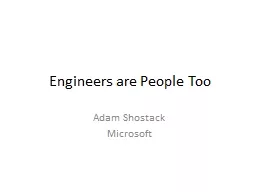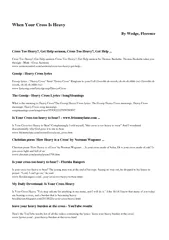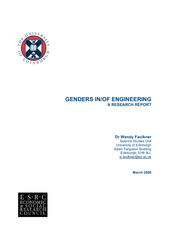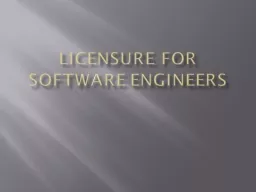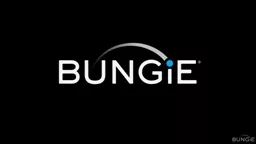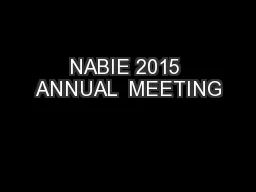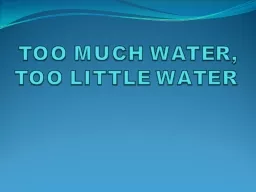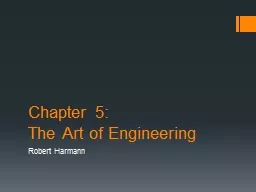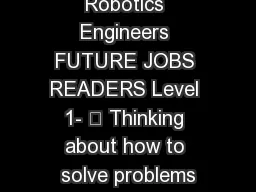PPT-Engineers are People Too
Author : sherrill-nordquist | Published Date : 2019-12-24
Engineers are People Too Adam Shostack Microsoft Outline Engineering in Large Projects Threat Modeling Usability Tools A Software Engineers Day Solve customer problems
Presentation Embed Code
Download Presentation
Download Presentation The PPT/PDF document "Engineers are People Too" is the property of its rightful owner. Permission is granted to download and print the materials on this website for personal, non-commercial use only, and to display it on your personal computer provided you do not modify the materials and that you retain all copyright notices contained in the materials. By downloading content from our website, you accept the terms of this agreement.
Engineers are People Too: Transcript
Download Rules Of Document
"Engineers are People Too"The content belongs to its owner. You may download and print it for personal use, without modification, and keep all copyright notices. By downloading, you agree to these terms.
Related Documents

